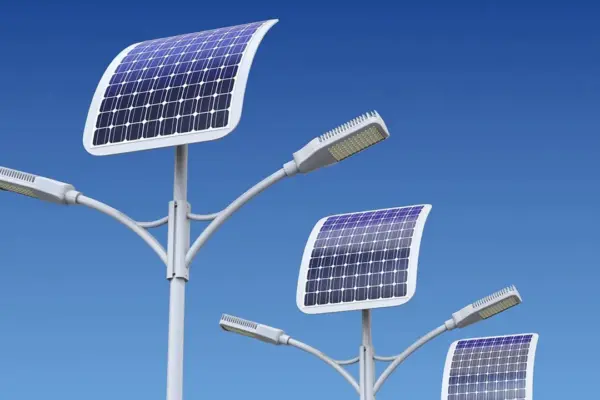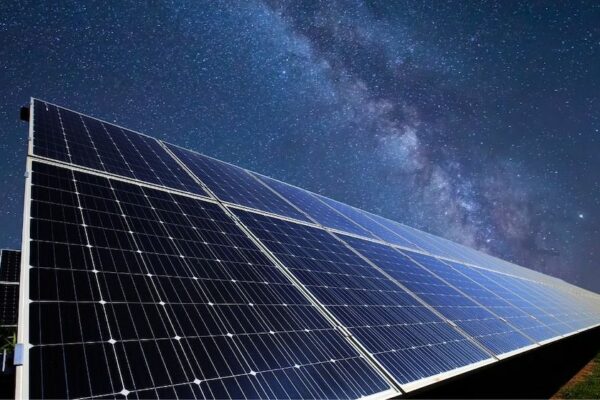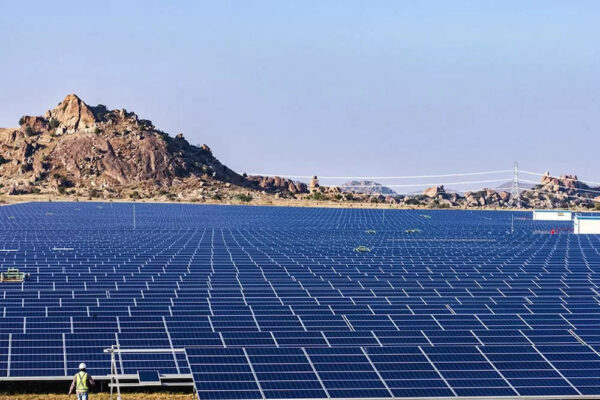China to Build 200 Ton MW-Level Space-Based Solar Power Station by 2035
Constant use of fossil fuels has not only exploited the earth but polluted the atmosphere as well. The only practical solution is consumption of renewable energy sources such as solar power. Though, global communities have switched to solar energy, much of the sun’s energy is left unharnessed. Envisioning a potential solution, China plans to accomplish a 200 ton megawatts-level space-based solar power station by 2035.
The China Academy of Space Technology (CAST) stated that the plans to build solar power station in space would massively reduce the current consumption of fossil fuels.
The concept of harnessing solar power in space was introduced by science fiction author Isaac Asimov in 1941. More than 25 years later, Peter Glaser, an American aerospace engineer, wrote a formal proposal in 1968 for a solar-based system in space.
According to Wang Li, a CAST research fellow with the program, this space-based solar power station would harness the sun’s energy that never reaches the earth. Wang said that researches in this field will help flourish the country’s space science and innovation in emerging industries like commercial space transportation. Wang shared this information at the sixth China-Russia Engineering Forum held in Xiamen, southeast China’s Fujian Province.
China has proposed different sunlight accumulating solutions and made a number of major breakthroughs in wireless energy transmission since the country listed space-based solar power as a key research program in 2008.

Image: UNOOSA/CMSA
China has invested 200 million yuan (28.4 million US dollars) for this project. The country has started building a testing base in Bishan, southeast China’s Chongqing Municipality, for the research of high-power wireless energy transmission and its impact on the environment.
But, the ambition to accomplish a space-based solar power station has been challenged by the current technology as the project involves the launch and installations of many solar panel modules and efficient wireless transmission of mega energy.
Via: Xinhuanet


